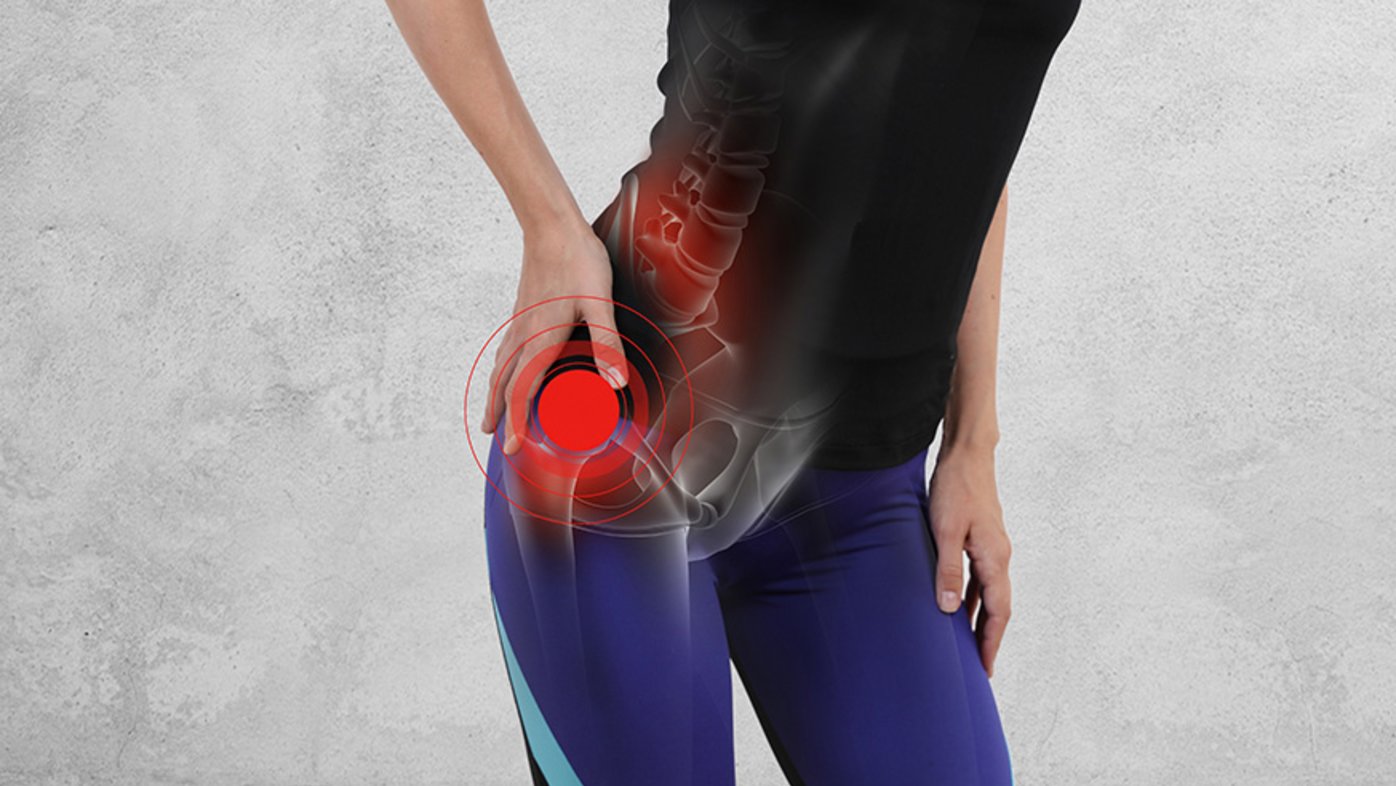Cycling is a fantastic sport on many levels.
Olympic athletes produce unbelievable power and speed on the track, over incredible distances on the road, and up incredibly steep slopes on mountain bikes.
But it is also an extremely enjoyable sport that provides significant health benefits.
Being relatively low impact, men and women can participate in cycling long after they give up on other sports such as running, more often and for longer periods of time.
In addition, the ability to ride as a group and socialise (even if that’s just the coffee afterwards) increases the likelihood of being consistent and continuing exercise, something that is critical to gaining health benefits.
This makes cycling a great option for middle-aged men! Despite the fact they wear Lycra!
But like all exercise, injuries can occur and interrupt involvement, which can have a massive negative effect on enjoyment and health benefits.
A common issue in cyclists is hip pain, especially pain at the front of the hip in middle-aged cyclists. This is usually a result of hip impingement.
The hip is the largest ball-and-socket joint in the body, allowing a large range of movement while still being exceptionally stable and strong.
This movement is controlled by the bony shape of the hip, the hip joint capsule, and the muscles that surround the hip. Problems with any of these structures can cause pain.
Hip impingement mainly occurs due to the positioning of the hip and its movement when cycling.
Most people do not regularly move their knee up towards their chest, as we see in cycling, and certainly not as far as elite cyclists in their tuck or race position.
This repetitive movement, in combination with the joint shape, possible wear and tear, tightness of the hip capsule, and strength and tightness of the surrounding muscles, can result in the capsule being constantly irritated or ‘pinched’.
Over time, this minor irritation can build and cause swelling, and as this gets worse, the ‘pinching’ gets more significant.
This problem is not helped by the fact that so many cyclists spend a long time sitting in the rest of their lives (working behind a desk to earn money to buy a new bike).
So how can you avoid this problem and what can you do if it occurs?
- Just because elite cyclists position themselves in a very low tuck position doesn’t mean you should. The further forward you are, the greater the potential risk.
- Every sport needs good control of the muscles that support you, and the same is true for cyclists with the muscles around your trunk and hips. Poor control can lead to greater damage.
- Stand up – most of us spend too long sitting, which we know has significant impacts on our health in so many ways.
- Maintain your hip flexibility – stretch your hip and the surrounding muscles.
- Get a good bike fit.
But if you start to suffer from hip pain, get assessed by a physiotherapist, who can identify which of these causes may be involved and provide specific treatment, advice, and, of course, exercises to address the actual cause of the problem.
Cycling is a fantastic way to stay fit and healthy, and if it’s a sport you enjoy, it’s vital to address any problems that could prevent you from participating.
For more information about hip impingement or any cycling injuries, contact your local Lifecare physiotherapist.

